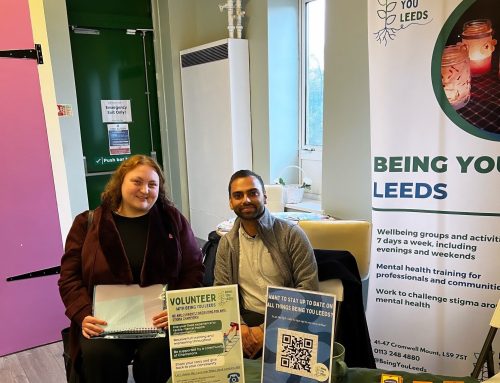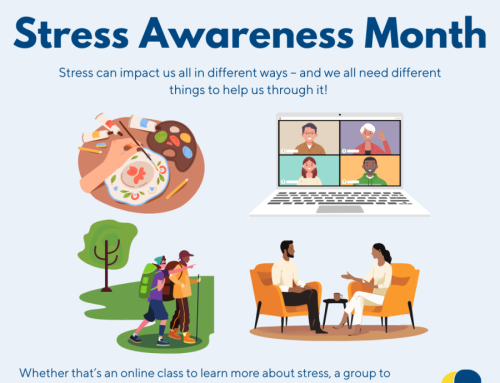To coincide with National Story Telling Week (30 Jan – 6 Feb) one of our therapists Louise A has written a piece on the therapeutic benefits of writing for wellbeing:
Writing for wellbeing
When we feel upset, low or anxious we can often feel the urge to talk about it, whether that is with someone close to us or within a talking therapy. Sometimes though, we may not be able to talk to someone there and then, or we might find that we actively ‘bottle things up’ and end up with a head-full of thoughts going round and round. But we can sometimes forget that writing can be a very effective way of fulfilling that same urge to express ourselves and to connect with difficult emotions in a more helpful and productive way. Indeed, writing when we feel good can also be a way for us to maintain our wellbeing and to connect with a more creative side of ourselves. The following ides are by no means scientific and are put together through my own anecdotal experience as a CBT therapist and as someone with a passion for creative writing. I have also briefly mentioned some ideas ‘borrowed’ from other forms of therapy such as Mindfulness and Compassion Focussed Therapy
It is important to remember that writing for wellbeing is not about spelling or grammar or how neatly you can write! I hope that you find these ideas helpful.
Letters
Therapeutic letters can be a very helpful way of saying the things you feel you need to say and can work particularly well if you feel angry, frustrated or upset with someone or something. This gives you the opportunity to get things off your chest without saying hurtful or upsetting things to another person that you may later regret or cause unwanted consequences. The most important thing about therapeutic letters is: DO NOT SEND THEM! Other than this, there are really no rules – it is a private letter so you can express whatever you like, however you like. It can often be good to hand-write this type of letter rather than word processing it, so that you can scribble it or underline it and really vent your frustration through the process of writing. Once you have finished a therapeutic letter the best idea is to DESTROY IT AFTERWARDS (for the same reason you don’t send them)! This can be cathartic in itself – although for health and safety reasons you should probably tear it or shred it rather than burning it! This is not the only way therapeutic letters can be used. Sometimes if there are things you wanted to say to someone but didn’t have the chance to say, for example if you have lost someone. Therapeutic letters can be a symbolic way of expressing those unsaid words and I have certainly seen bereaved clients who have found this a helpful way of moving forward. Letters are also used in Compassion Focussed Therapy as a way of writing to yourself in a kind and compassionate way. Paul Gilbert’s book ‘The Compassionate Mind’ is a very good resource for ideas about this.
Diaries
CBT therapists do love a diary! Often in CBT the kind of diaries we suggest are to keep track of the problem or to recognise the links between the ways we think, behave and feel. But more traditional journals can also be a great way to process the events of the day and how you feel about them and a useful reminder of good times when we perhaps feel less good. Sometimes it can help to look back at a journal to see that we were able to cope with bad times or to remind ourselves how we solved problems or just to reconnect with happy memories.
Stories
In my own personal view, creative writing in any form whether it is prose, poetry, short or long stories can be a very cathartic and enjoyable process. It can be a means of exploring difficult emotions, enjoying positive emotions or exploring different parts of yourself through your characters. You could use ideas from mindfulness to set your scenes and aid your description. Mindfulness (Jon Kabat-Zinn) is a way of focussing your attention on the present moment in a non-judgemental way and can be applied by paying attention in a curious way to our senses of sight, sound, touch, smell and taste to notice our experiences and connect us to the here and now. In order to describe a scene, paying attention in this way could give you ideas of what to include in your descriptions. If you are prone to worrying about worse-case scenarios, why not write it as if it is a story? This could be a creative way of acknowledging those worries but may also help you to see it in perspective. If it is a worry about something upcoming like meeting new people or starting a new job, or taking an exam you could even refer back to your story after the real event to see if it was as bad as you anticipated (which it usually isn’t)!
For more information about mindfulness visit:
http://www.getselfhelp.co.uk/docs/Mindfulness.pdf
For more ideas about writing for wellbeing visit: http://www.getselfhelp.co.uk/docs/WritingTherapy.pdf
Happy writing!





